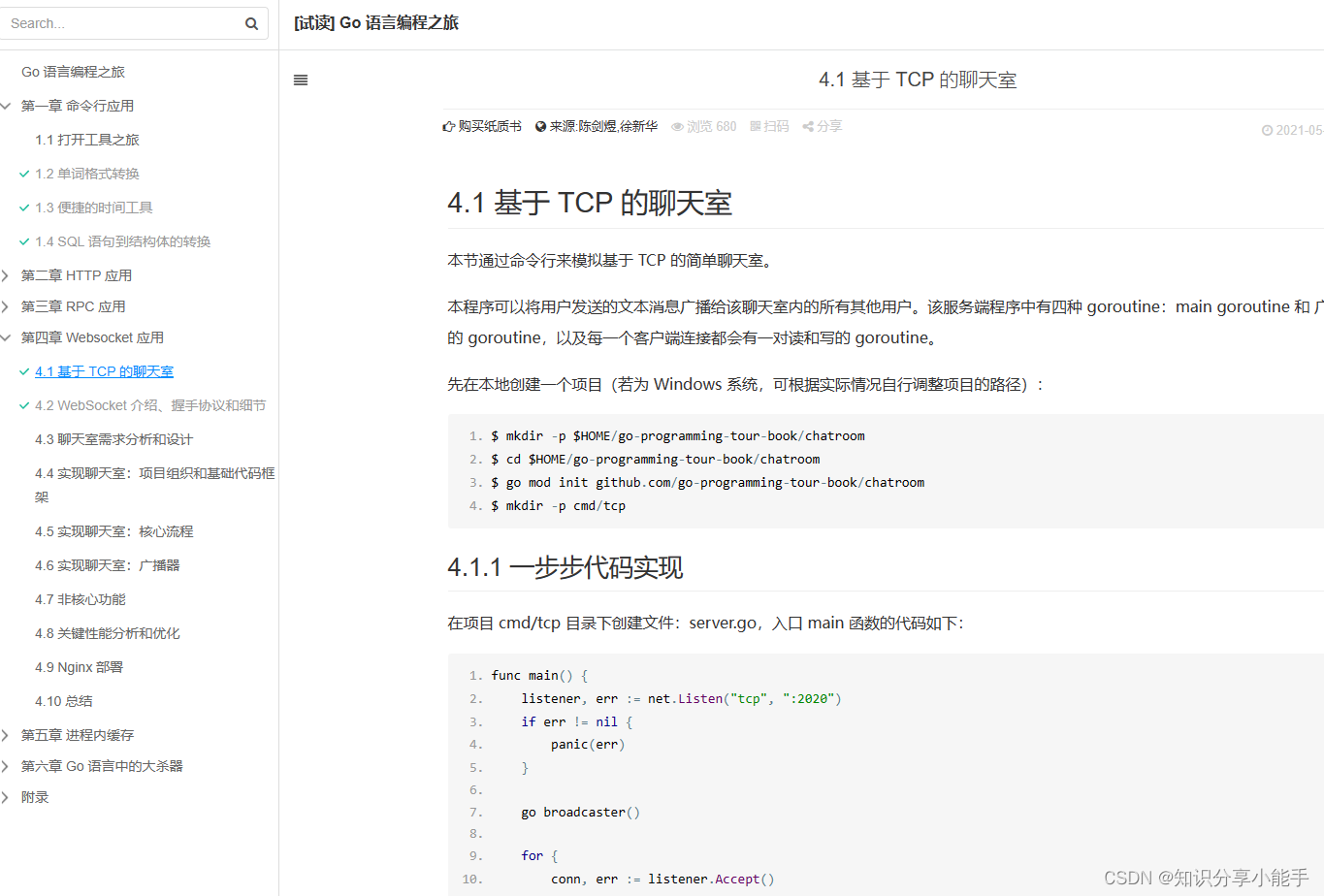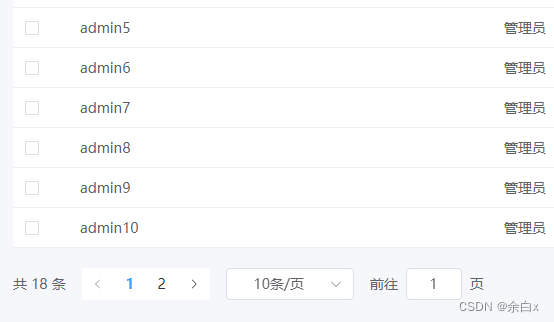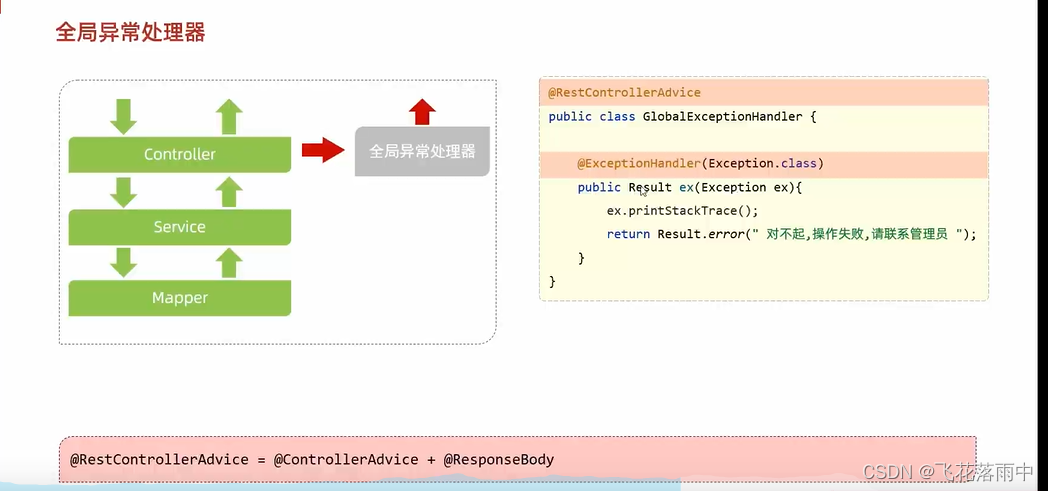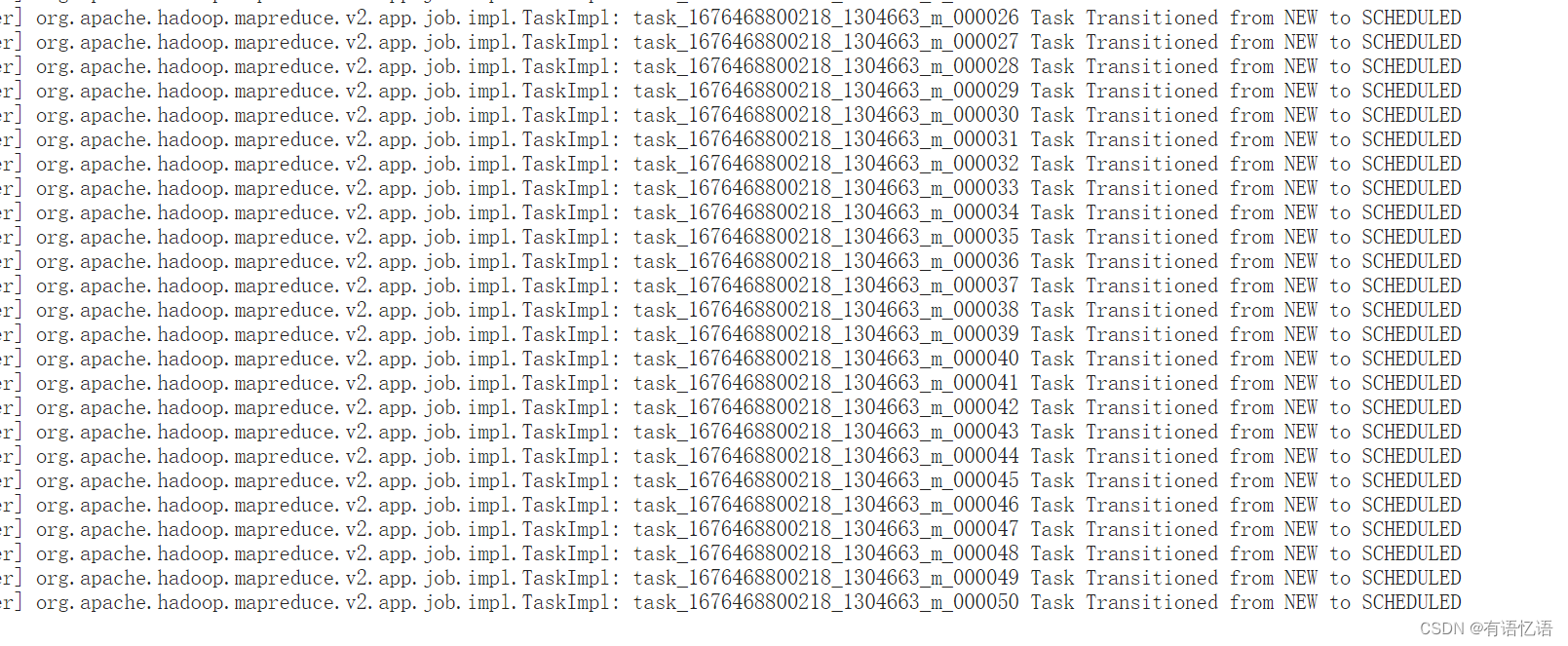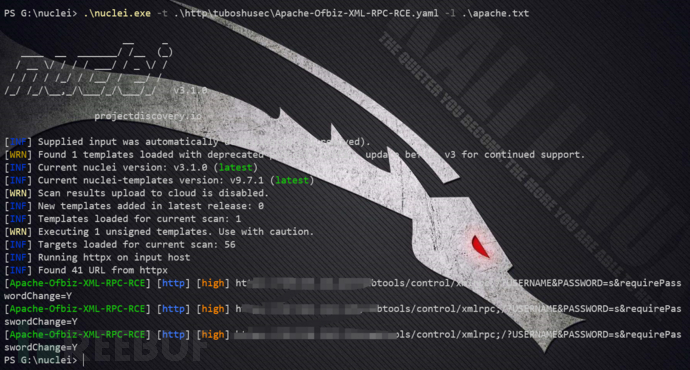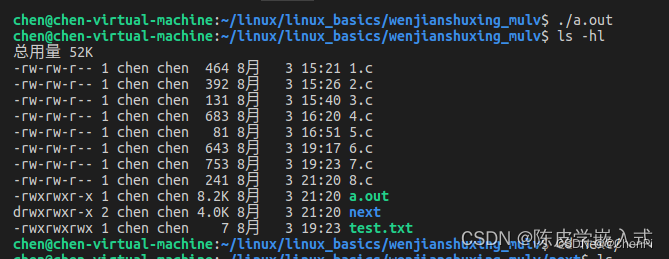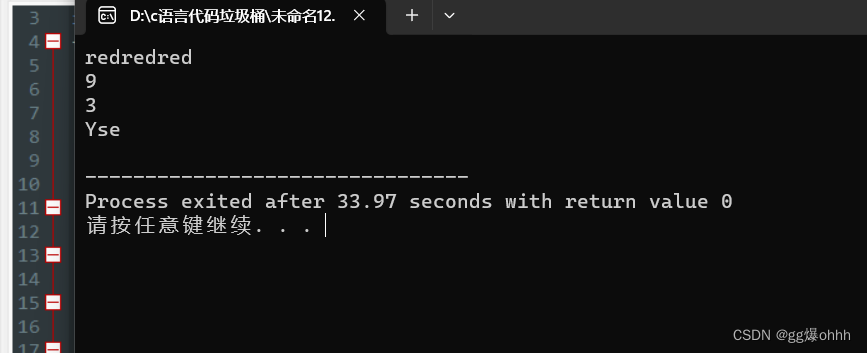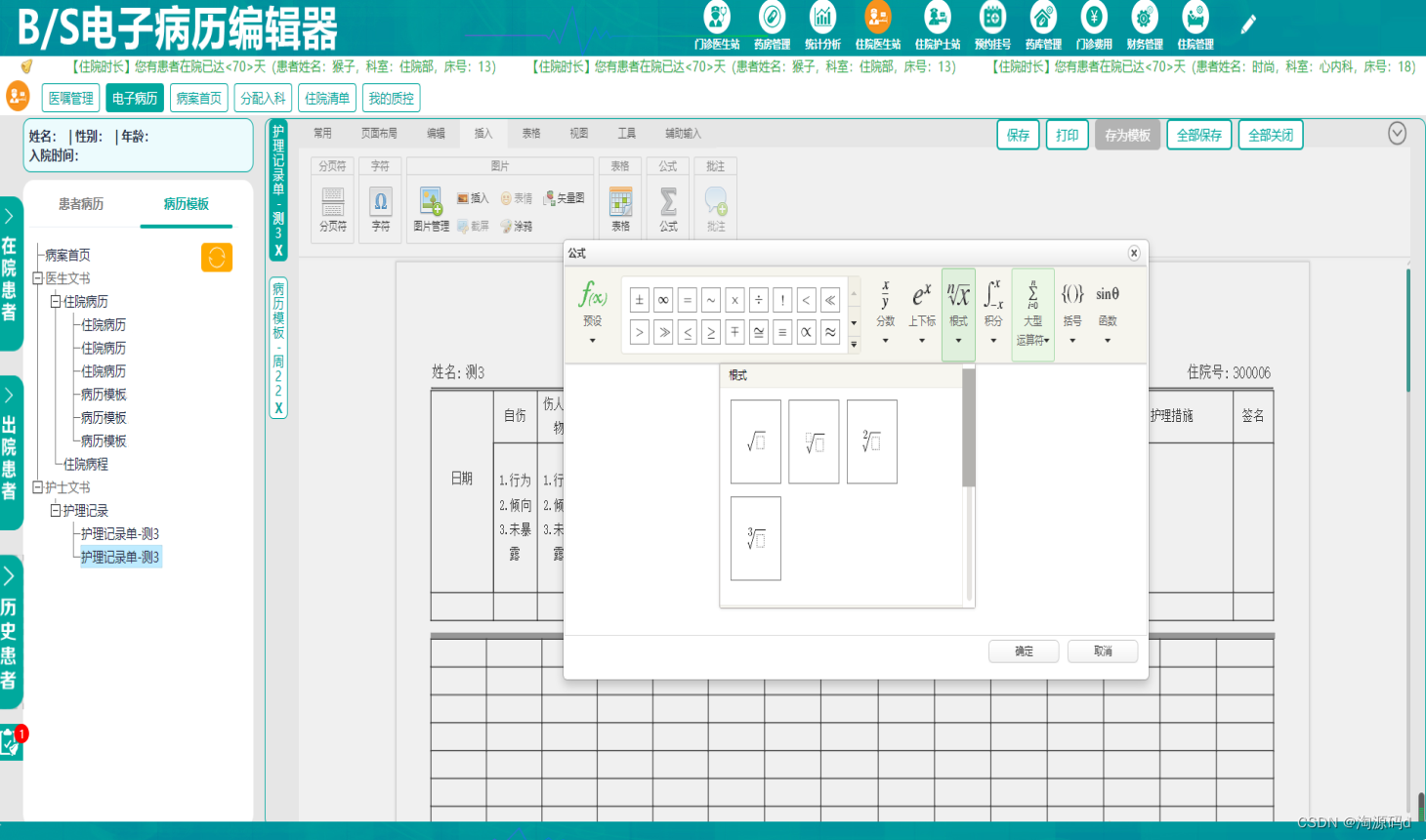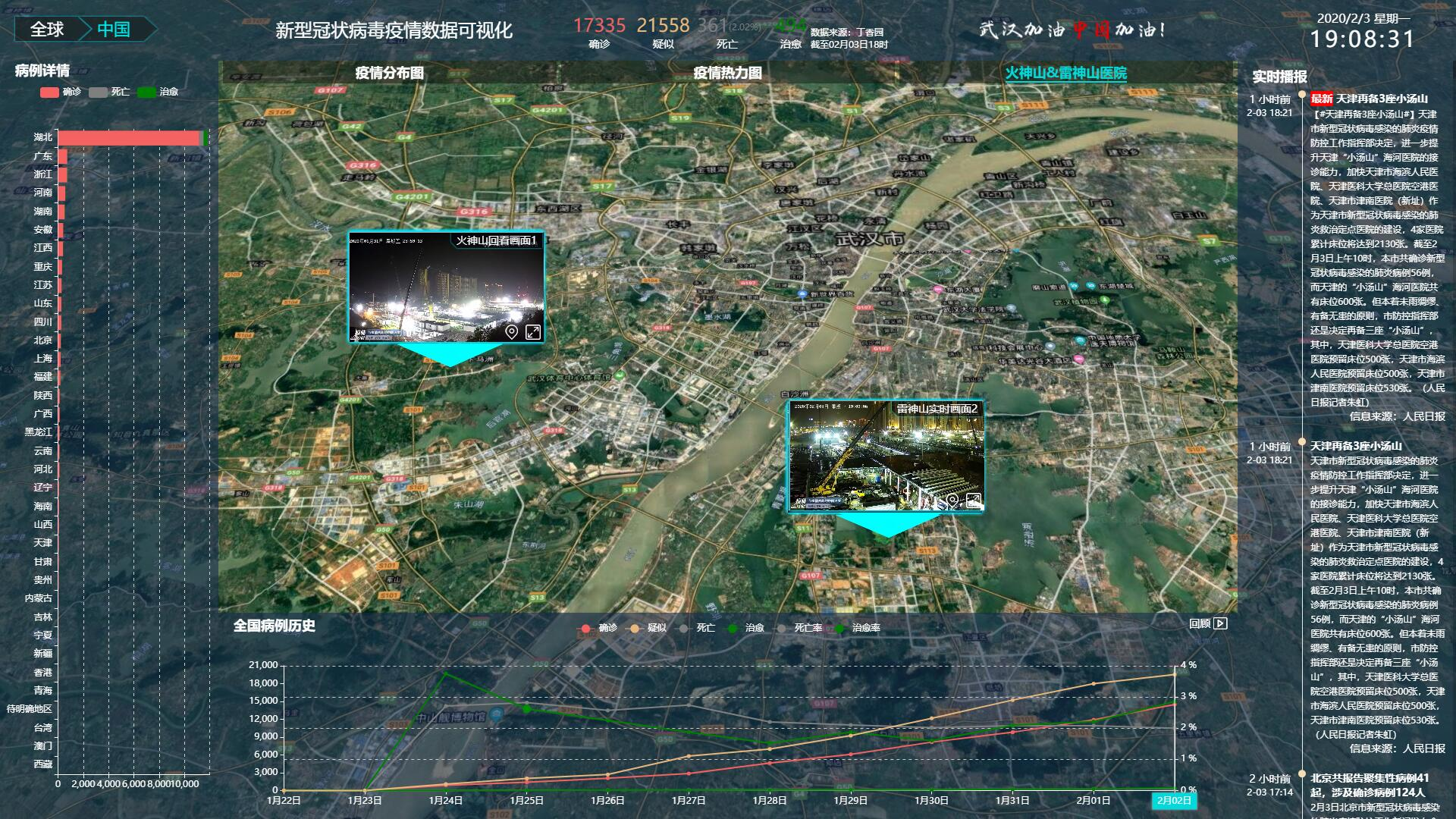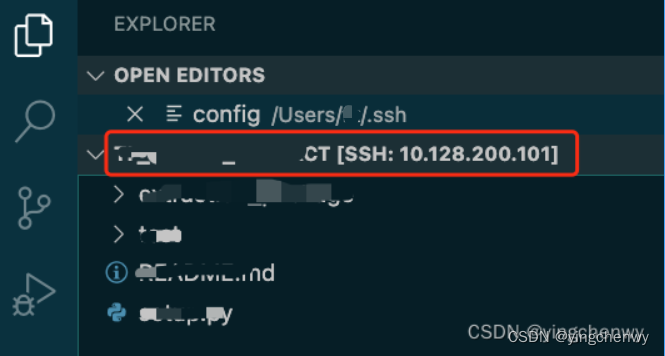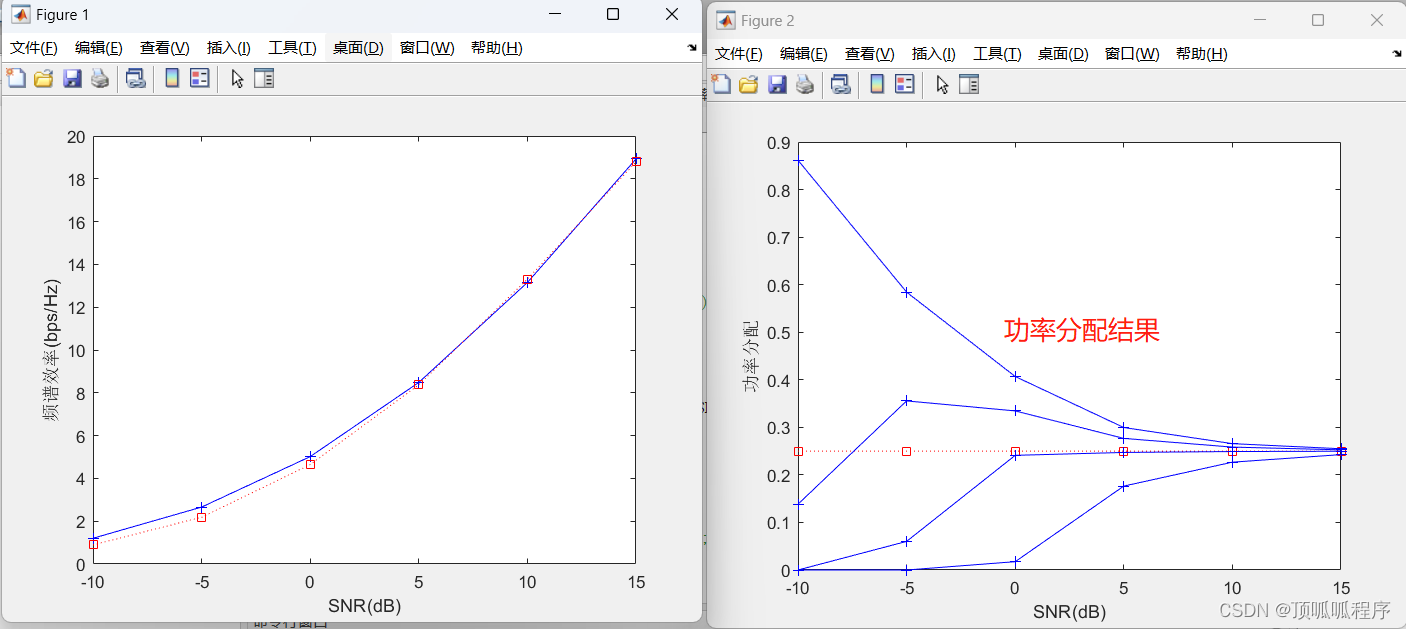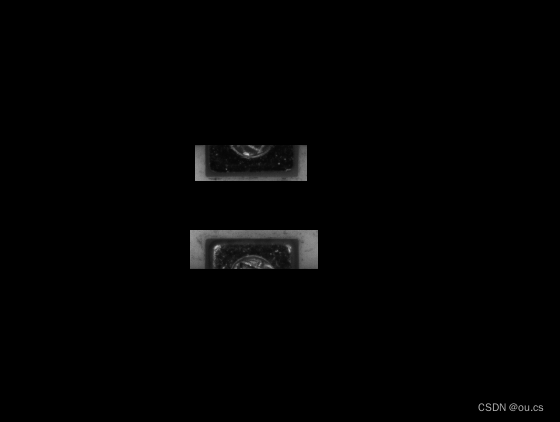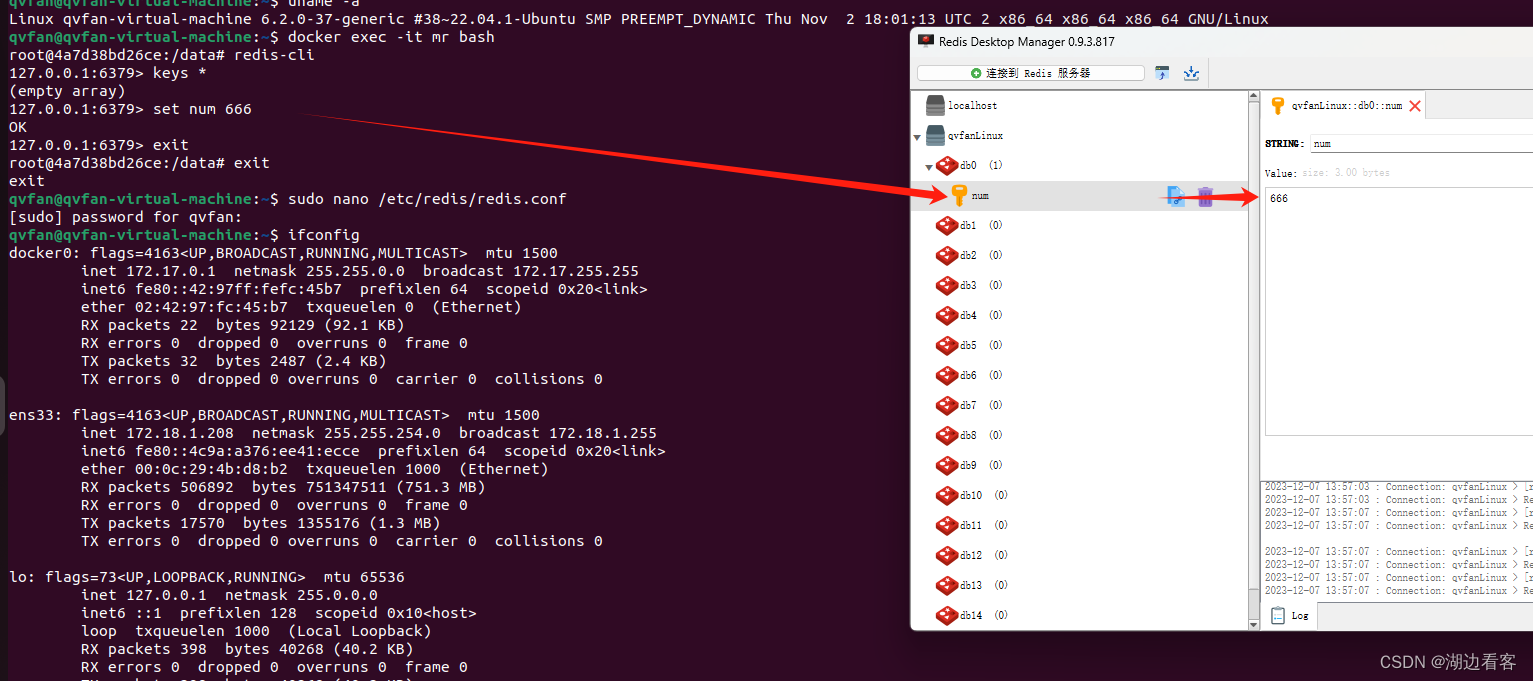参考文章
使用LabelMe标注目标检测数据集并转换为COCO2017格式_labelme转coco-CSDN博客
数据集选择
voc
这次不选择voc,因为文件组织太难了
voc2012文件夹组织

COCO
COCO介绍
MC COCO2017年主要包含以下四个任务:目标检测与分割、图像描述、人体关键点检测,如下所示:
annotations: 对应标注文件夹
├── instances_train2017.json : 对应目标检测、分割任务的
├── instances_val2017.json : 对应目标检测、分割任务的验证集标注文件
├── captions_train2017.json : 对应图像描述的训练集标注文件
├── captions_val2017.json : 对应图像描述的验证集标注文件
├── person_keypoints_train2017.json : 对应人体关键点检测的训练集标注文件
└── person_keypoints_val2017.json : 对应人体关键点检测的验证集标注文件夹
Object segmentation : 目标级分割
Recognition in context : 图像情景识别
Superpixel stuff segmentation : 超像素分割
330K images (>200K labeled) : 超过33万张图像,标注过的图像超过20万张
1.5 million object instances : 150万个对象实例
80 object categories : 80个目标类别
91 stuff categories : 91个材料类别
5 captions per image : 每张图像有5段情景描述
250,000 people with keypoints : 对25万个人进行了关键点标注
""" 注意 """
COCO数据集格式中,bbox 的保存格式为 [x, y, w, h]
如果需要转换为[x1,y1,x2,y2],可以通过如下进行转换
bbox = [x1, y1, x1 + w - 1, y1 + h - 1]
JSON文件的基本格式,以实例分割为例,主要有五个部分:info、licenses、images、annotations、categories

1.info记录关于数据集的一些基本信息
"info":{
"description":"This is stable 1.0 version of the 2014 MS COCO dataset.",
"url":"http:\/\/mscoco.org",
"version":"1.0",
"year":2017,
"contributor":"Microsoft COCO group",
"date_created":"2017-01-27 09:11:52.357475"
}
2.licenses是数据集遵循的一些许可
"licenses":{
"url":"http:\/\/creativecommons.org\/licenses\/by-nc-sa\/2.0\/",
"id":1,
"name":"Attribution-NonCommercial-ShareAlike License"
}
3.images是数据集中包含的图像,长度等于图像的数量
"images":{
"coco_url": "",
"date_captured": "",
"file_name": "000001.jpg",
"flickr_url": "",
"id": 1,
"license": 0,
"width": 416,
"height": 416
}
4.annotations是数据集中包含的实例掩膜,数量等于bounding box的数量。segmentation格式取决于这个实例是一个单个的对象(即iscrowd=0,将使用polygons格式,以多边形顶点表示)还是一组对象(即iscrowd=1,将使用RLE格式,mask编码)
"annotations":{
"id": int,
"image_id": int,
"category_id": int,
"segmentation": RLE or [polygon],
"area": float,
"bbox": [x,y,width,height],
"iscrowd": 0 or 1
}
# 以多边形顶点形式表示的实例:
"annotations":{
"segmentation": [[510.66,423.01,511.72,420.03,510.45......]],
"area": 702.1057499999998,
"iscrowd": 0,
"image_id": 289343,
"bbox": [473.07,395.93,38.65,28.67],
"category_id": 18,
"id": 1768
}
5.categories是数据集中的类别信息
"categories":{
"id": int,
"name": str,
"supercategory": str,
}
解析其中的类别ID、图像ID:
coco = COCO(annotation_file.json)
catIds = coco.getCatIds()
imgIds = coco.getImgIds()
将labelme生成的json文件转成coco格式
困难:我的labelme生成的json数据集格式没有imageData,所以网上的好多用不了。解决方案如下:
假设我有一个mycoco的数据集,是符合coco2017数据集格式的,那么他的目录结构应该如下,在mycoco文件夹下有4个文件夹:annotations(存放train、val和test的标注信息)、train(存放train集图片)、val(存放val集图片)、test(存放test集图片)
现在我们已经用labelme标注好的信息,如何转换为上面的coco结构呢?
import argparse
import glob
import json
import os
import os.path as osp
import shutil
import xml.etree.ElementTree as ET
import numpy as np
import PIL.ImageDraw
from tqdm import tqdm
import cv2
label_to_num = {}
categories_list = []
labels_list = []
class MyEncoder(json.JSONEncoder):
def default(self, obj):
if isinstance(obj, np.integer):
return int(obj)
elif isinstance(obj, np.floating):
return float(obj)
elif isinstance(obj, np.ndarray):
return obj.tolist()
else:
return super(MyEncoder, self).default(obj)
def images_labelme(data, num,img_label):
print(img_label)
image = {}
image['height'] = data['imageHeight']
image['width'] = data['imageWidth']
image['id'] = num + 1
# if '\\' in data['imagePath']:
img_label = str(img_label) + ".jpg"
image['file_name'] = img_label
# else:
# image['file_name'] = data['imagePath'].split('/')[-1]
return image
def images_cityscape(data, num, img_file):
image = {}
image['height'] = data['imgHeight']
image['width'] = data['imgWidth']
image['id'] = num + 1
image['file_name'] = img_file
return image
def categories(label, labels_list):
category = {}
category['supercategory'] = 'component'
category['id'] = len(labels_list) + 1
category['name'] = label
return category
def annotations_rectangle(points, label, image_num, object_num, label_to_num):
annotation = {}
seg_points = np.asarray(points).copy()
seg_points[1, :] = np.asarray(points)[2, :]
seg_points[2, :] = np.asarray(points)[1, :]
annotation['segmentation'] = [list(seg_points.flatten())]
annotation['iscrowd'] = 0
annotation['image_id'] = image_num + 1
annotation['bbox'] = list(
map(float, [
points[0][0], points[0][1], points[1][0] - points[0][0], points[1][
1] - points[0][1]
]))
annotation['area'] = annotation['bbox'][2] * annotation['bbox'][3]
annotation['category_id'] = label_to_num[label]
annotation['id'] = object_num + 1
return annotation
def annotations_polygon(height, width, points, label, image_num, object_num,
label_to_num):
annotation = {}
annotation['segmentation'] = [list(np.asarray(points).flatten())]
annotation['iscrowd'] = 0
annotation['image_id'] = image_num + 1
annotation['bbox'] = list(map(float, get_bbox(height, width, points)))
annotation['area'] = annotation['bbox'][2] * annotation['bbox'][3]
annotation['category_id'] = label_to_num[label]
annotation['id'] = object_num + 1
return annotation
def get_bbox(height, width, points):
polygons = points
mask = np.zeros([height, width], dtype=np.uint8)
mask = PIL.Image.fromarray(mask)
xy = list(map(tuple, polygons))
PIL.ImageDraw.Draw(mask).polygon(xy=xy, outline=1, fill=1)
mask = np.array(mask, dtype=bool)
index = np.argwhere(mask == 1)
rows = index[:, 0]
clos = index[:, 1]
left_top_r = np.min(rows)
left_top_c = np.min(clos)
right_bottom_r = np.max(rows)
right_bottom_c = np.max(clos)
return [
left_top_c, left_top_r, right_bottom_c - left_top_c,
right_bottom_r - left_top_r
]
def deal_json(ds_type, img_path, json_path):
data_coco = {}
images_list = []
annotations_list = []
image_num = -1
object_num = -1
for img_file in os.listdir(img_path):
print(img_path)
img_label = os.path.splitext(img_file)[0]
if img_file.split('.')[
-1] not in ['bmp', 'jpg', 'jpeg', 'png', 'JPEG', 'JPG', 'PNG']:
continue
label_file = osp.join(json_path, img_label + '.json')
print('Generating dataset from:', label_file)
image_num = image_num + 1
with open(label_file) as f:
data = json.load(f)
if ds_type == 'labelme':
images_list.append(images_labelme(data, image_num,img_label))
elif ds_type == 'cityscape':
images_list.append(images_cityscape(data, image_num, img_file))
if ds_type == 'labelme':
for shapes in data['shapes']:
object_num = object_num + 1
label = shapes['label']
if label not in labels_list:
categories_list.append(categories(label, labels_list))
labels_list.append(label)
label_to_num[label] = len(labels_list)
p_type = shapes['shape_type']
if p_type == 'polygon':
points = shapes['points']
annotations_list.append(
annotations_polygon(data['imageHeight'], data[
'imageWidth'], points, label, image_num,
object_num, label_to_num))
if p_type == 'rectangle':
(x1, y1), (x2, y2) = shapes['points']
x1, x2 = sorted([x1, x2])
y1, y2 = sorted([y1, y2])
points = [[x1, y1], [x2, y2], [x1, y2], [x2, y1]]
annotations_list.append(
annotations_rectangle(points, label, image_num,
object_num, label_to_num))
elif ds_type == 'cityscape':
for shapes in data['objects']:
object_num = object_num + 1
label = shapes['label']
if label not in labels_list:
categories_list.append(categories(label, labels_list))
labels_list.append(label)
label_to_num[label] = len(labels_list)
points = shapes['polygon']
annotations_list.append(
annotations_polygon(data['imgHeight'], data[
'imgWidth'], points, label, image_num, object_num,
label_to_num))
data_coco['images'] = images_list
data_coco['categories'] = categories_list
data_coco['annotations'] = annotations_list
return data_coco
def voc_get_label_anno(ann_dir_path, ann_ids_path, labels_path):
with open(labels_path, 'r') as f:
labels_str = f.read().split()
labels_ids = list(range(1, len(labels_str) + 1))
with open(ann_ids_path, 'r') as f:
ann_ids = [lin.strip().split(' ')[-1] for lin in f.readlines()]
ann_paths = []
for aid in ann_ids:
if aid.endswith('xml'):
ann_path = os.path.join(ann_dir_path, aid)
else:
ann_path = os.path.join(ann_dir_path, aid + '.xml')
ann_paths.append(ann_path)
return dict(zip(labels_str, labels_ids)), ann_paths
def voc_get_image_info(annotation_root, im_id):
filename = annotation_root.findtext('filename')
assert filename is not None
img_name = os.path.basename(filename)
size = annotation_root.find('size')
width = float(size.findtext('width'))
height = float(size.findtext('height'))
image_info = {
'file_name': filename,
'height': height,
'width': width,
'id': im_id
}
return image_info
def voc_get_coco_annotation(obj, label2id):
label = obj.findtext('name')
assert label in label2id, "label is not in label2id."
category_id = label2id[label]
bndbox = obj.find('bndbox')
xmin = float(bndbox.findtext('xmin'))
ymin = float(bndbox.findtext('ymin'))
xmax = float(bndbox.findtext('xmax'))
ymax = float(bndbox.findtext('ymax'))
assert xmax > xmin and ymax > ymin, "Box size error."
o_width = xmax - xmin
o_height = ymax - ymin
anno = {
'area': o_width * o_height,
'iscrowd': 0,
'bbox': [xmin, ymin, o_width, o_height],
'category_id': category_id,
'ignore': 0,
}
return anno
def voc_xmls_to_cocojson(annotation_paths, label2id, output_dir, output_file):
output_json_dict = {
"images": [],
"type": "instances",
"annotations": [],
"categories": []
}
bnd_id = 1 # bounding box start id
im_id = 0
print('Start converting !')
for a_path in tqdm(annotation_paths):
# Read annotation xml
ann_tree = ET.parse(a_path)
ann_root = ann_tree.getroot()
img_info = voc_get_image_info(ann_root, im_id)
output_json_dict['images'].append(img_info)
for obj in ann_root.findall('object'):
ann = voc_get_coco_annotation(obj=obj, label2id=label2id)
ann.update({'image_id': im_id, 'id': bnd_id})
output_json_dict['annotations'].append(ann)
bnd_id = bnd_id + 1
im_id += 1
for label, label_id in label2id.items():
category_info = {'supercategory': 'none', 'id': label_id, 'name': label}
output_json_dict['categories'].append(category_info)
output_file = os.path.join(output_dir, output_file)
with open(output_file, 'w') as f:
output_json = json.dumps(output_json_dict)
f.write(output_json)
def widerface_to_cocojson(root_path):
train_gt_txt = os.path.join(root_path, "wider_face_split", "wider_face_train_bbx_gt.txt")
val_gt_txt = os.path.join(root_path, "wider_face_split", "wider_face_val_bbx_gt.txt")
train_img_dir = os.path.join(root_path, "WIDER_train", "images")
val_img_dir = os.path.join(root_path, "WIDER_val", "images")
assert train_gt_txt
assert val_gt_txt
assert train_img_dir
assert val_img_dir
save_path = os.path.join(root_path, "widerface_train.json")
widerface_convert(train_gt_txt, train_img_dir, save_path)
print("Wider Face train dataset converts sucess, the json path: {}".format(save_path))
save_path = os.path.join(root_path, "widerface_val.json")
widerface_convert(val_gt_txt, val_img_dir, save_path)
print("Wider Face val dataset converts sucess, the json path: {}".format(save_path))
def widerface_convert(gt_txt, img_dir, save_path):
output_json_dict = {
"images": [],
"type": "instances",
"annotations": [],
"categories": [{'supercategory': 'none', 'id': 0, 'name': "human_face"}]
}
bnd_id = 1 # bounding box start id
im_id = 0
print('Start converting !')
with open(gt_txt) as fd:
lines = fd.readlines()
i = 0
while i < len(lines):
image_name = lines[i].strip()
bbox_num = int(lines[i + 1].strip())
i += 2
img_info = get_widerface_image_info(img_dir, image_name, im_id)
if img_info:
output_json_dict["images"].append(img_info)
for j in range(i, i + bbox_num):
anno = get_widerface_ann_info(lines[j])
anno.update({'image_id': im_id, 'id': bnd_id})
output_json_dict['annotations'].append(anno)
bnd_id += 1
else:
print("The image dose not exist: {}".format(os.path.join(img_dir, image_name)))
bbox_num = 1 if bbox_num == 0 else bbox_num
i += bbox_num
im_id += 1
with open(save_path, 'w') as f:
output_json = json.dumps(output_json_dict)
f.write(output_json)
def get_widerface_image_info(img_root, img_relative_path, img_id):
image_info = {}
save_path = os.path.join(img_root, img_relative_path)
if os.path.exists(save_path):
img = cv2.imread(save_path)
image_info["file_name"] = os.path.join(os.path.basename(
os.path.dirname(img_root)), os.path.basename(img_root),
img_relative_path)
image_info["height"] = img.shape[0]
image_info["width"] = img.shape[1]
image_info["id"] = img_id
return image_info
def get_widerface_ann_info(info):
info = [int(x) for x in info.strip().split()]
anno = {
'area': info[2] * info[3],
'iscrowd': 0,
'bbox': [info[0], info[1], info[2], info[3]],
'category_id': 0,
'ignore': 0,
'blur': info[4],
'expression': info[5],
'illumination': info[6],
'invalid': info[7],
'occlusion': info[8],
'pose': info[9]
}
return anno
def main():
parser = argparse.ArgumentParser(
formatter_class=argparse.ArgumentDefaultsHelpFormatter)
parser.add_argument(
'--dataset_type',
help='the type of dataset, can be `voc`, `widerface`, `labelme` or `cityscape`')
parser.add_argument('--json_input_dir', help='input annotated directory')
parser.add_argument('--image_input_dir', help='image directory')
parser.add_argument(
'--output_dir', help='output dataset directory', default='./')
parser.add_argument(
'--train_proportion',
help='the proportion of train dataset',
type=float,
default=1.0)
parser.add_argument(
'--val_proportion',
help='the proportion of validation dataset',
type=float,
default=0.0)
parser.add_argument(
'--test_proportion',
help='the proportion of test dataset',
type=float,
default=0.0)
parser.add_argument(
'--voc_anno_dir',
help='In Voc format dataset, path to annotation files directory.',
type=str,
default=None)
parser.add_argument(
'--voc_anno_list',
help='In Voc format dataset, path to annotation files ids list.',
type=str,
default=None)
parser.add_argument(
'--voc_label_list',
help='In Voc format dataset, path to label list. The content of each line is a category.',
type=str,
default=None)
parser.add_argument(
'--voc_out_name',
type=str,
default='voc.json',
help='In Voc format dataset, path to output json file')
parser.add_argument(
'--widerface_root_dir',
help='The root_path for wider face dataset, which contains `wider_face_split`, `WIDER_train` and `WIDER_val`.And the json file will save in this path',
type=str,
default=None)
args = parser.parse_args()
try:
assert args.dataset_type in ['voc', 'labelme', 'cityscape', 'widerface']
except AssertionError as e:
print(
'Now only support the voc, cityscape dataset and labelme dataset!!')
os._exit(0)
if args.dataset_type == 'voc':
assert args.voc_anno_dir and args.voc_anno_list and args.voc_label_list
label2id, ann_paths = voc_get_label_anno(
args.voc_anno_dir, args.voc_anno_list, args.voc_label_list)
voc_xmls_to_cocojson(
annotation_paths=ann_paths,
label2id=label2id,
output_dir=args.output_dir,
output_file=args.voc_out_name)
elif args.dataset_type == "widerface":
assert args.widerface_root_dir
widerface_to_cocojson(args.widerface_root_dir)
else:
try:
assert os.path.exists(args.json_input_dir)
except AssertionError as e:
print('The json folder does not exist!')
os._exit(0)
try:
assert os.path.exists(args.image_input_dir)
except AssertionError as e:
print('The image folder does not exist!')
os._exit(0)
try:
assert abs(args.train_proportion + args.val_proportion \
+ args.test_proportion - 1.0) < 1e-5
except AssertionError as e:
print(
'The sum of pqoportion of training, validation and test datase must be 1!'
)
os._exit(0)
# Allocate the dataset.
total_num = len(glob.glob(osp.join(args.json_input_dir, '*.json')))
if args.train_proportion != 0:
train_num = int(total_num * args.train_proportion)
out_dir = args.output_dir + '/train2017'
if not os.path.exists(out_dir):
os.makedirs(out_dir)
else:
train_num = 0
if args.val_proportion == 0.0:
val_num = 0
test_num = total_num - train_num
out_dir = args.output_dir + '/test2017'
if args.test_proportion != 0.0 and not os.path.exists(out_dir):
os.makedirs(out_dir)
else:
val_num = int(total_num * args.val_proportion)
test_num = total_num - train_num - val_num
val_out_dir = args.output_dir + '/val2017'
if not os.path.exists(val_out_dir):
os.makedirs(val_out_dir)
test_out_dir = args.output_dir + '/test2017'
if args.test_proportion != 0.0 and not os.path.exists(test_out_dir):
os.makedirs(test_out_dir)
count = 1
for img_name in os.listdir(args.image_input_dir):
if count <= train_num:
if osp.exists(args.output_dir + '/train2017/'):
shutil.copyfile(
osp.join(args.image_input_dir, img_name),
osp.join(args.output_dir + '/train2017/', img_name))
else:
if count <= train_num + val_num:
if osp.exists(args.output_dir + '/val2017/'):
shutil.copyfile(
osp.join(args.image_input_dir, img_name),
osp.join(args.output_dir + '/val2017/', img_name))
else:
if osp.exists(args.output_dir + '/test2017/'):
shutil.copyfile(
osp.join(args.image_input_dir, img_name),
osp.join(args.output_dir + '/test2017/', img_name))
count = count + 1
# Deal with the json files.
if not os.path.exists(args.output_dir + '/annotations'):
os.makedirs(args.output_dir + '/annotations')
if args.train_proportion != 0:
train_data_coco = deal_json(args.dataset_type,
args.output_dir + '/train2017',
args.json_input_dir)
train_json_path = osp.join(args.output_dir + '/annotations',
'instance_train.json')
json.dump(
train_data_coco,
open(train_json_path, 'w'),
indent=4,
cls=MyEncoder)
if args.val_proportion != 0:
val_data_coco = deal_json(args.dataset_type,
args.output_dir + '/val2017',
args.json_input_dir)
val_json_path = osp.join(args.output_dir + '/annotations',
'instance_val.json')
json.dump(
val_data_coco,
open(val_json_path, 'w'),
indent=4,
cls=MyEncoder)
if args.test_proportion != 0:
test_data_coco = deal_json(args.dataset_type,
args.output_dir + '/test2017',
args.json_input_dir)
test_json_path = osp.join(args.output_dir + '/annotations',
'instance_test.json')
json.dump(
test_data_coco,
open(test_json_path, 'w'),
indent=4,
cls=MyEncoder)
if __name__ == '__main__':
"""
python j2coco.py --dataset_type labelme --json_input_dir data-labelme/json --image_input_dir data-labelme/imgs --output_dir ./coco/ --train_proportion 0.8 --val_proportion 0.2
--test_proportion 0.0
"""
"""
python j2coco.py --dataset_type labelme --json_input_dir data-labelme/json --image_input_dir data-labelme/imgs --output_dir ./coco/ --train_proportion 0.5 --val_proportion 0.5
"""
main()
上面的代码是从paddledetection拿来的(不得不说百度的的小脚本还是挺多的),通过命令行参数:
python tools/x2coco.py \
--dataset_type labelme \
--json_input_dir ./labelme_annos/ \
--image_input_dir ./labelme_imgs/ \
--output_dir ./mycoco/ \
--train_proportion 0.8 \
--val_proportion 0.2 \
--test_proportion 0.0
- dataset_type:是将labelme转为coco,锁着这里默认就是labelme
- json_input_dir:指向labelme的json文件所在路径
- image_input_dir:指向labelme的img文件所在路径(在这里json和img都是相同的路径)
- output_dir :转为coco后输出的文件夹路径
- train_proportion、val_proportion、test_proportion:划分数据集比例,总之三者之和必须为1
成功执行后就能看到mycoco文件夹: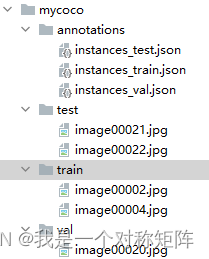
注意:虽然现在目录结构上和coco一致了,但是在很多开源目标检测项目中,默认的文件名字不太一样,比如有的文件夹为train2017、val2017和test2017,或者annotations中的文件名为instances_train.json(多了一个s),请结合实际情况修改即可
